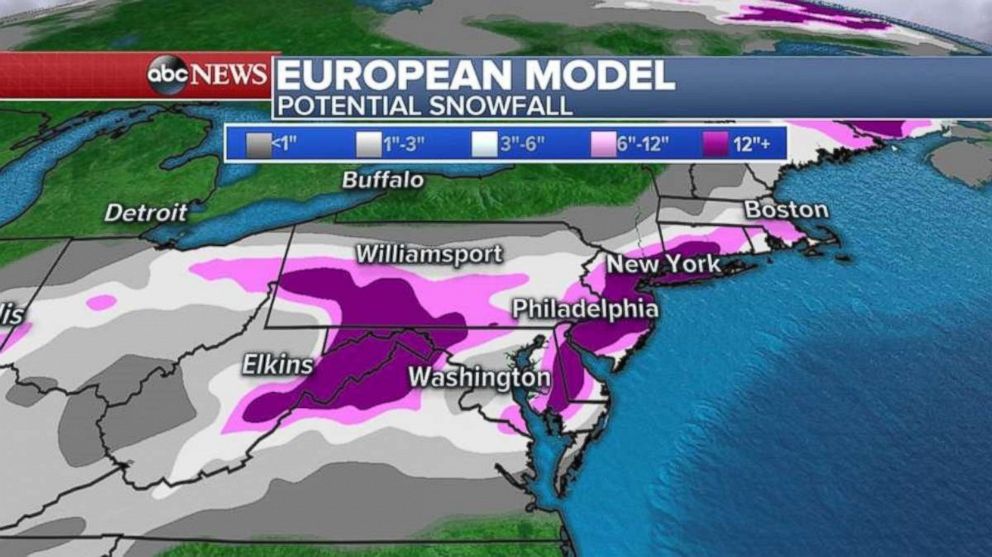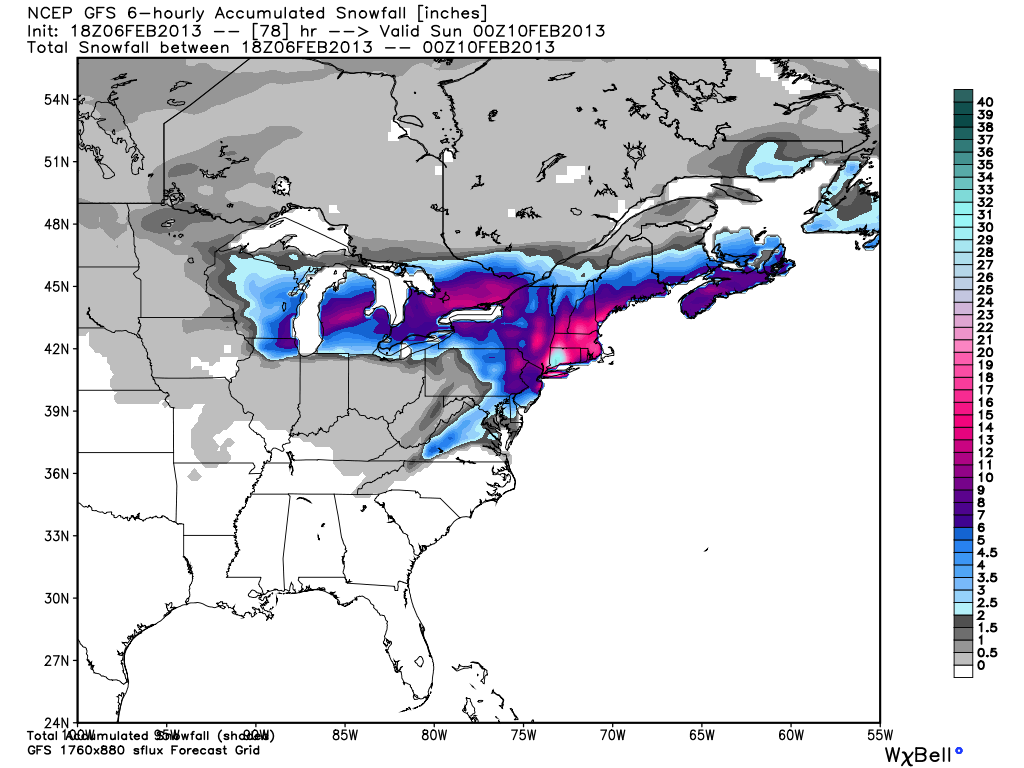

Maraun D, Wetterhall F, Ireson A, Chandler R, Kendon E, Widmann M, Brienen S, Rust H, Sauter T and Themel M 2010 Precipitation downscaling under climate change: Recent developments to bridge the gap between dynamical models and the end user Rev. Lang T J and Barros A P 2004 Winter storms in central Himalayas J. Launay M, Brisson N, Beaudoin N and Mary B 2009 Conceptual basis, formalizations and parameterization of the STICS crop model Editions Quae. Kolokotroni M, Ren X, Davies M and Mavrogianni A 2012 London’s urban heat island: Impact on current and future energy consumption in office buildings Energy and Buildings 47 302–311. Katz R 1977 Precipitation as a chain-dependent process J. Hughes J P and Guttorp P 1994 Incorporating spatial dependence and atmospheric data in a model of precipitation J. Hay L, McCabe J, Wolock D M and Ayers M A 1991 Simulation of precipitation by weather type analysis Water Resour. Haberlandt U, Belli A and Bardossy A 2014 Statistical downscaling of precipitation using a stochastic rainfall model conditioned on circulation patterns – an evaluation of assumptions Int. Gusain H S, Chand D, Thakur N, Singh A and Ganju A 2009 Snow avalanche climatology of Indian western Himalaya International symposium on snow and avalanches (ISSA), 6–10 April, Manali, India. Guanche Y, Mınguez R and Mendez F 2013 Climate-based Monte Carlo simulation of trivariate sea states Coast. Gerlitz L, Conrad O and Bohner J 2015 Large-scale atmospheric forcing and topographic modification of precipitation rates over high Asia – a neural-network-based approach Earth Syst. Gabriel K R and Neumann J 1962 A Markov chain model for daily rainfall occurrences at Tel-Aviv Quart.
#Snowfall prediction models generator
28 1921–1931.įlecher C, Naveau P, Allard D and Brisson N 2010 A stochastic daily weather generator for skewed data Water Resour. doi: 10.1002/2014RG000460.ĭimri A P, Joshi P and Ganju A 2008 Precipitation forecast over western Himalaya using k-Nearest Neighbor Method Int. 28 (4) 1247–1260.ĭimri A P, Niyogi D, Barros A P, Ridley J, Mohanty U C, Yasunari T and Sikka D R 2015 Western disturbances: A review Rev. 122 33–47.īardossy A and Plate E 1992 Space–time model for daily rainfall using atmospheric circulation patterns Water Resour.

The RMSE of the optimized model has also been found smaller than the persistence forecast and standard deviation for both the days.īardossy A and Plate E 1991 Modeling daily rainfall using semi-Markov representation of circulation pattern occurrence J. The HSS of the model for all the stations implies that the optimized model has better forecasting skill than random forecast for both the days. Snowfall predicted by the model during hazardous snowfall events in different parts of the Himalaya matches well with the observed one. The RMSE of the model has also been calculated using leave-one-out cross-validation method. The model has been validated for two winters (2012–20–2014) by computing root mean square error (RMSE), accuracy measures such as percent correct (PC), critical success index (CSI) and Heidke skill score (HSS). Baum–Welch algorithm has been used for optimizing the model parameters. The most probable observation and state sequence has been computed using Forward and Viterbi algorithms, respectively.

There are six observations and six states of the model. The model predicts snowfall for two days in advance using daily recorded nine meteorological variables of past 20 winters from 1992–2012. A Hidden Markov Model (HMM) has been developed for prediction of quantitative snowfall in Pir-Panjal and Great Himalayan mountain ranges of Indian Himalaya.


 0 kommentar(er)
0 kommentar(er)
